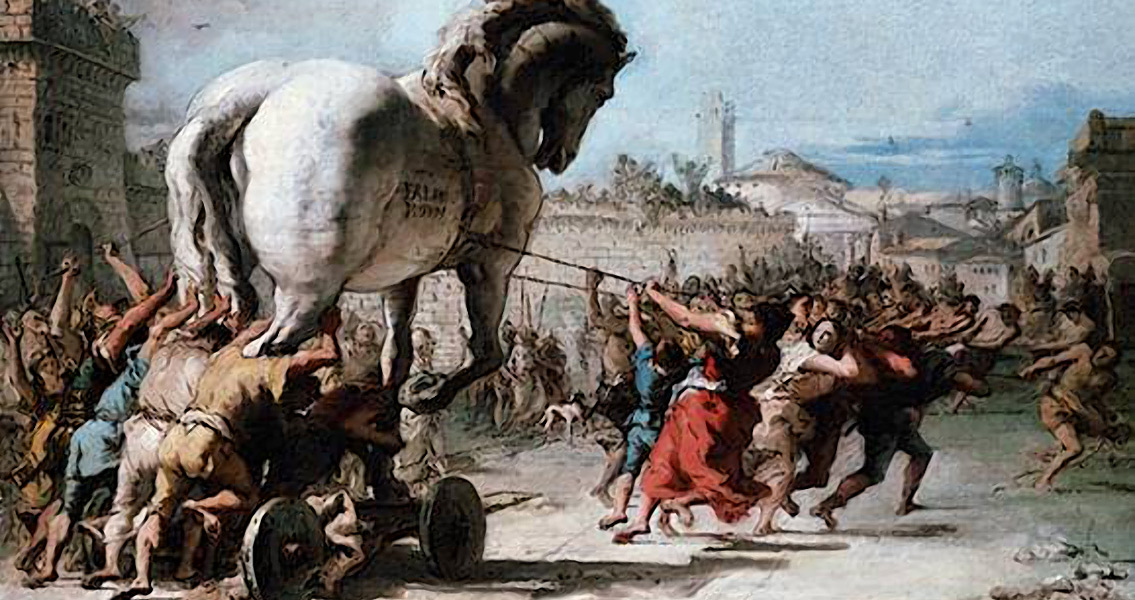<![CDATA[The Iliad recounts the story of the fall of Troy after a ten-year siege. Traditionally attributed to Homer, the epic poem focuses on the final weeks of the siege, and particularly on a quarrel between King Agamemnon and the heroic warrior Achilles. The Iliad was a work of great importance in Classical Greece, and has influenced writers in Western Europe since its rediscovery and translation in the fifteenth century, arguably providing the foundations on which modern Western literature is built. Importantly, the Iliad is one of the few sources which allow us fleeting glimpses of the cultural and political world of Ancient Greece. Whilst archaeological remains allow us to see what these people used and how they built their cities, reading between the lines of the Iliad fleshes out the bare bones of the archaeological record. New research has been analysing the text of the Iliad, and in particular how the Greeks and Trojans conducted assemblies for decision-making purposes. Joel P. Christensen has studied the text and come to some interesting conclusions which are published in the most recent edition of the journal Greek, Roman, and Byzantine Studies. Christensen believes this is an under-studied area which has the potential to reveal a huge amount about the Classical world. Very early on, the Iliad establishes the normal practice at assemblies. In Book 1, Christensen notes, the epic poem goes to great lengths to describe these processes: one speaker presents a problem, a second responds, and a third mediates between the two opposing views. Christensen believes that this is a deliberate strategy by the composer of the Iliad. By establishing normal practice early on, the audience will compare any later assemblies to this model assembly. There are several references to Trojan assemblies later on in the Iliad epic, although Christensen notes that "the Trojan assembly scene has suffered from a lack of analysis." In contrast to the orderly and unified assemblies of the Greeks, Trojan assemblies seem much more chaotic. Intriguingly, Christensen notes, "no one seems to have called it [the assembly] and it happens in a 'terribly disturbed' fashion." It appears that the Trojan assemblies depicted in the Iliad are not seeking to make progress. Through the language the Trojans use, Christensen argues, they are trying to maintain the status quo and create a false sense of unity. "Since this scene echoes arguments prior to the siege, the Iliad may through retrospection blame Trojan suffering in general on their use of language in decision making," he states. Trojans in the Iliad, therefore, appear to have an ineffective system of government as they do not carry out effective decision-making assemblies. The Trojans appear to be doing nothing more than going through the motions. Christensen's work explores an under-studied area of the Iliad, by conducting a classic textual analysis. He reveals the model of good governance in Classical Greece, but also shows how it could work badly. The contrast between the model assemblies of the Greeks and the chaotic Trojan assemblies is used to depict a city which had stagnated, one of the major reasons given for the Siege of Troy. For more information: www.grbs.library.duke.edu Image courtesy of Wikimedia Commons user: Butko]]>
New Research on Ancient Greek Politics
